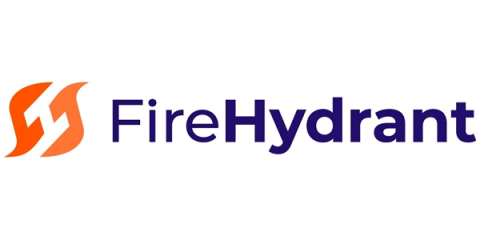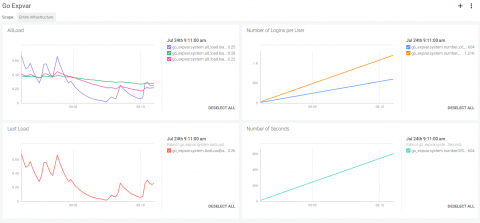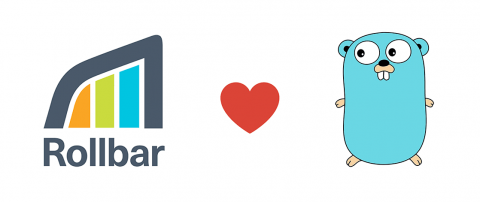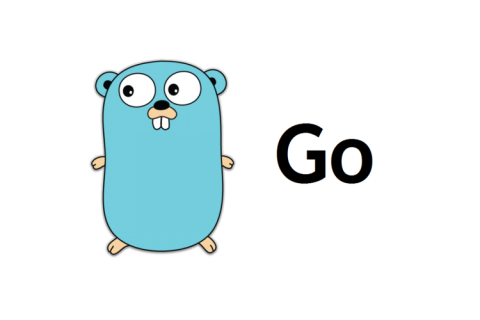Developing a Go app with Docker Compose
Writing Go applications in an isolated environment with Docker comes with some great advantages. You get a clean GOPATH, the bare essentials for developing, and you can easily change which Go version you’re developing against. In this quick tutorial, we’re going to show you how to structure a Go application with Docker Compose as your development environment.









